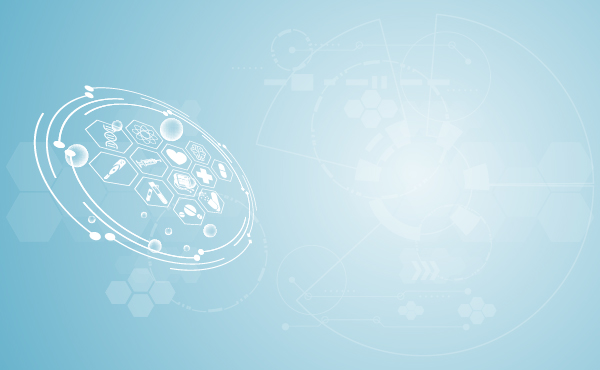When it comes to remote patient monitoring (RPM) and telehealth, it is vital to have dependable connectivity, no matter where the patient or care team is located. The success of a digital health solution relies on the timely, accurate, reliable transmission of data from patient to healthcare provider.
The three primary connectivity configurations include WiFi, Bluetooth, and cellular. Let’s delve into the benefits and limitations of each.
Like all wireless communications, Wi-Fi uses radio waves and delivers packets of data over a frequency between 2.4 and 5 gigahertz. It does this using a device called a router that acts as an Internet access point for other devices, like a laptop, tablet, or cell phone (US News).
Although Wi-Fi has been around for decades and has many beneficial applications, it often presents a few key limitations for remote patient monitoring programs.
Firstly, Pew research study showed that only 64% people above the age of 65 had a WiFi broadband connection at home in 2021. This presents a significant challenge in the delivery of reliable RPM technology solutions, which require 24/7 connectivity to be completely effective. Internet access and WiFi is oftentimes limited in remote and rural areas, with underserved communities also having limited access.
Secondly, there are significant usage limitations associated with Wi-Fi. As Wi-Fi typically involves secure passwords and multiple configuration steps, it can be cumbersome for many elderly patients to access, manage, and troubleshoot. As a result, patients may be less likely to use equipment that they find hard to set up or understand, which is a recipe for lower patient adherence.
Furthermore, in many locations, a weak WiFi signal, service disruptions, power issues, and unreliable equipment may reduce the ability to deliver reliable consistent and reliable RPM solutions using Wi-Fi. In at-home care environments where Wi-Fi is the only available option for RPM connectivity, these issues can create real challenges.
Bluetooth is an open wireless technology standard for transmitting fixed and mobile electronic device data over short distances. When applied to RPM applications, Bluetooth technology is a cost-effective feature integrated into a device that is designed to deliver patient health data over short-range radio frequency using a wireless device connected to the Internet.
However, there are some cons associated with Bluetooth RPM technology that damper usage and security.
To ensure your success as a virtual care provider, it is crucial to prioritize compliance with security requirements and effectively combat cybersecurity threats. This can be achieved by utilizing a device that incorporates embedded cellular connectivity, along with a management platform that offers extensive visibility and exceptional intelligence capabilities. Additionally, having a reliable backup support team that can promptly assist you is essential.
In order to enhance operational capabilities, optimize the utilization of your company's time and resources, accelerate time to market, and effectively adapt to evolving technological demands, RPM and telehealth solution providers require the expertise of an experienced partner. This partner must possess a deep understanding of the virtual healthcare landscape and possess the necessary tools to deliver secure, dependable connectivity, as well as other managed services.
Kajeet® is a leading managed IoT cellular connectivity provider that enables RPM and telehealth solution providers to better connect healthcare providers with patients.
Our multi-network approach allows solution providers to simplify their process, reduce costs, and share across data and devices. Our patented, award-winning data and IoT management platform, Sentinel®, provides real-time analytics and insights that lead to better decision-making.
Visit us to learn how Kajeet can help secure your connected devices with multi-network private cellular connectivity. When you’re ready for a demo, we make available an RPM developer kit that includes a SIM card, 90-day trial access to Sentinel, and consultation with our engineers and developers.
Want to talk over your options or tell us about your project? We would love to hear from you to learn about your company and how we can partner with you to keep your RPM or telehealth solution connected. It's easy:


